Differences Between Present Perfect Tense and Simple Past Tense English Study Page
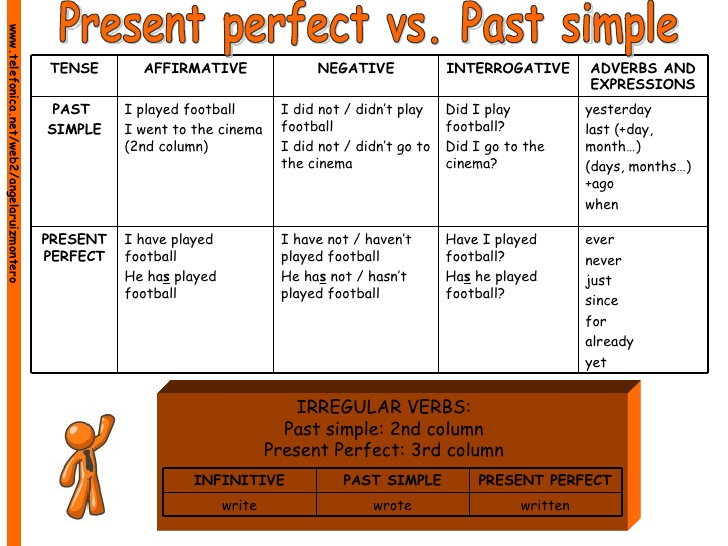
Present Perfect Tense vs Past Simple Tense English Learn Site
Present Perfect vs. Past Simple: The Key Differences. Here's a quick overview of the key differences between the present perfect tense and the past simple tense: We use the simple past to refer to an event/action that has already finished or happened, and the time is usually certain and specified. It always refers to finished time.

PRESENT PERFECT vs PAST SIMPLE (grammar guide + practice) Present perfect, English as a second
This video answered My question about Present Perfect Progressive Tense for "Marry" in Emma lesson. But, still I have some trouble on using both Present Perfect and Present Perfect Progressive, The formula I got from Benjamin Vid and Emma Vid are: Present Perfect = Subject + Has/Have + P.P.

Differences Between Present Perfect Tense and Simple Past Tense English Study Page
Simple past vs. present perfect The simple past and the present perfect both refer to past actions, but are not interchangeable in English grammar. The simple past is used with a specific time marker for actions that started and finished in the past.

Present Perfect Simple vs. Present Perfect Continuous Present perfect, Learn english, English
The past simple tense is used to express finished time; In contrast, the present perfect tense describes unfinished time. We lived Japan in from 1995-1998. (a time period that started and ended in the past) (past simple) I've worked as a teacher since 2011. (a time period that started in the past, and continues until now) (present perfect)
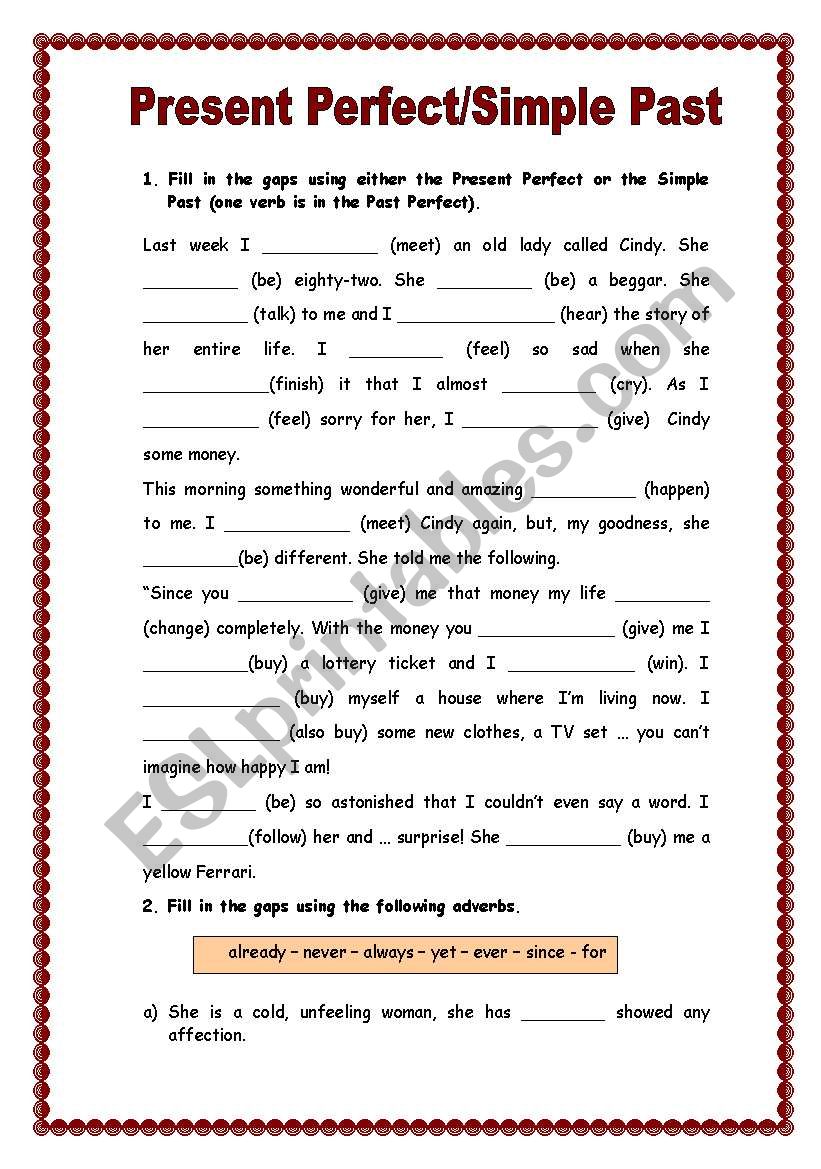
Present Perfect / Past Simple (16.08.08) ESL worksheet by manuelanunes3
1. Jack _____ (live) in Boston for the past 15 years. has lived. lives. lived. Use the present perfect with "for" when speaking about an amount of time that has passed. 2. Janet ____ (work) for Smith and Brothers before she came to work for us. worked.

Verb Tenses How to Use the 12 English Tenses Correctly • 7ESL Learn english, Verb tenses
Present perfect for an unfinished time period and unspecified time in the past. Past simple for finished time and specific time in the past. I hope I've made it crystal clear when to use present perfect vs. simple past. Thanks for putting it into practice by making your own example sentences! Now make sure to download the PDF and try the quiz.

Past Simple vs. Present Perfect презентація з англійської мови
Form See also explanations on Simple Past and Present Perfect Simple Use In British English, the use of Simple Past and Present Perfect is quite strict. As soon as a time expression in the past is given, you have to use Simple Past.

past simple & past perfect PRESENT PERFECT VS. PAST SIMPLE
Exercise 1 Choose past simple or present perfect to complete the sentences below. 1 painting the bedroom yet?' 'Not yet. I'll finish it tomorrow.' 2 I much last year, but I a lot this year. 3 a holiday recently? 4 We last week. We here for 5 days. 5 Mr. Barnes is very important in this company. He here for 30 years. 6 He loves gardening.
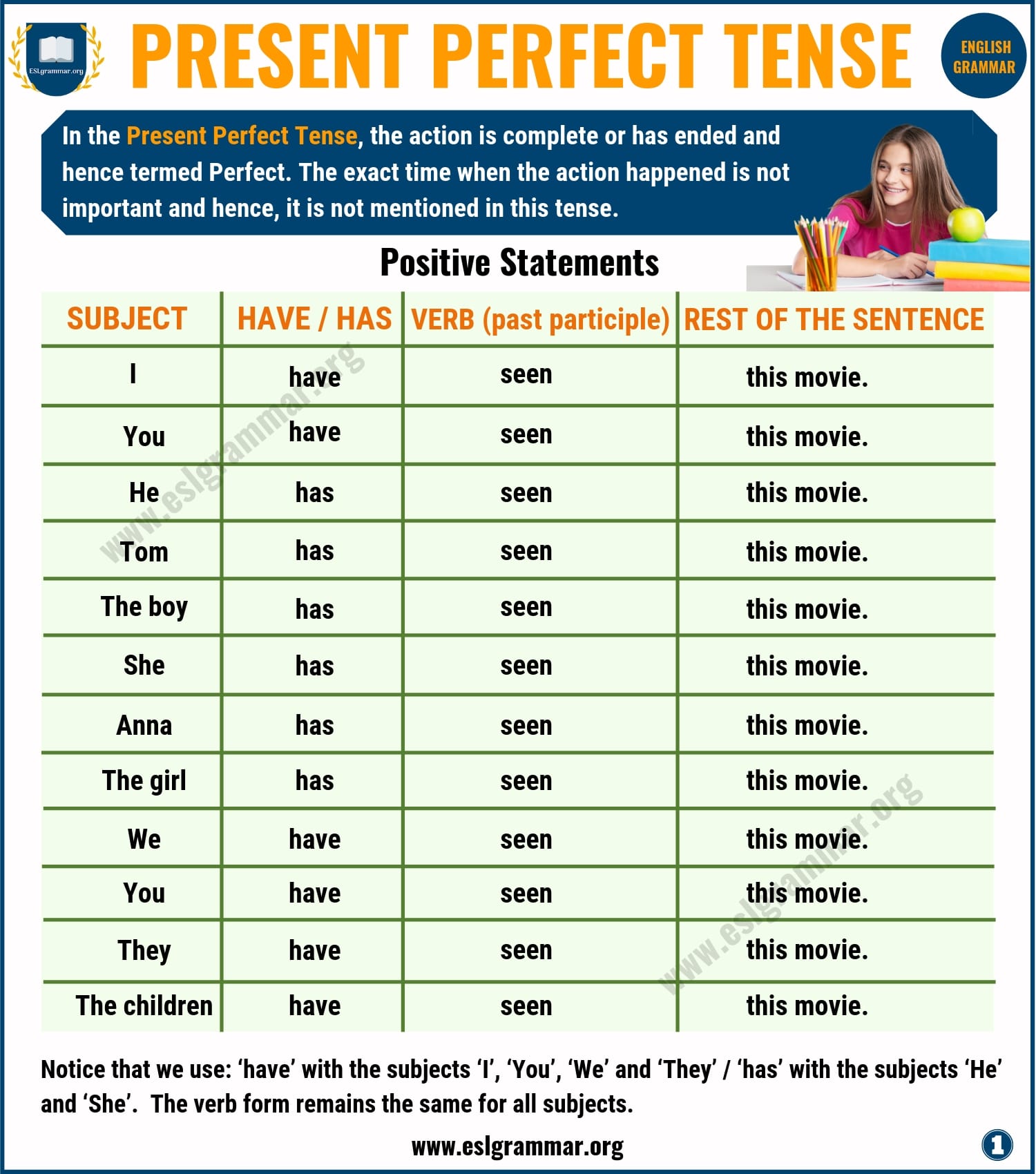
English Grammar Present Perfect Tense Exercises Online degrees
Hello aisyki, 1) Yes, that's fine. 2) The present perfect is fine here. You cannot use present perfect with a fixed time (e.g. yesterday, last Thursday, 3.00) but you can use it with since + a fixed past time (e.g. since yesterday, since last Thursday, since 3.00). This is because since means 'from this time to the present' and so creates an open time frame.
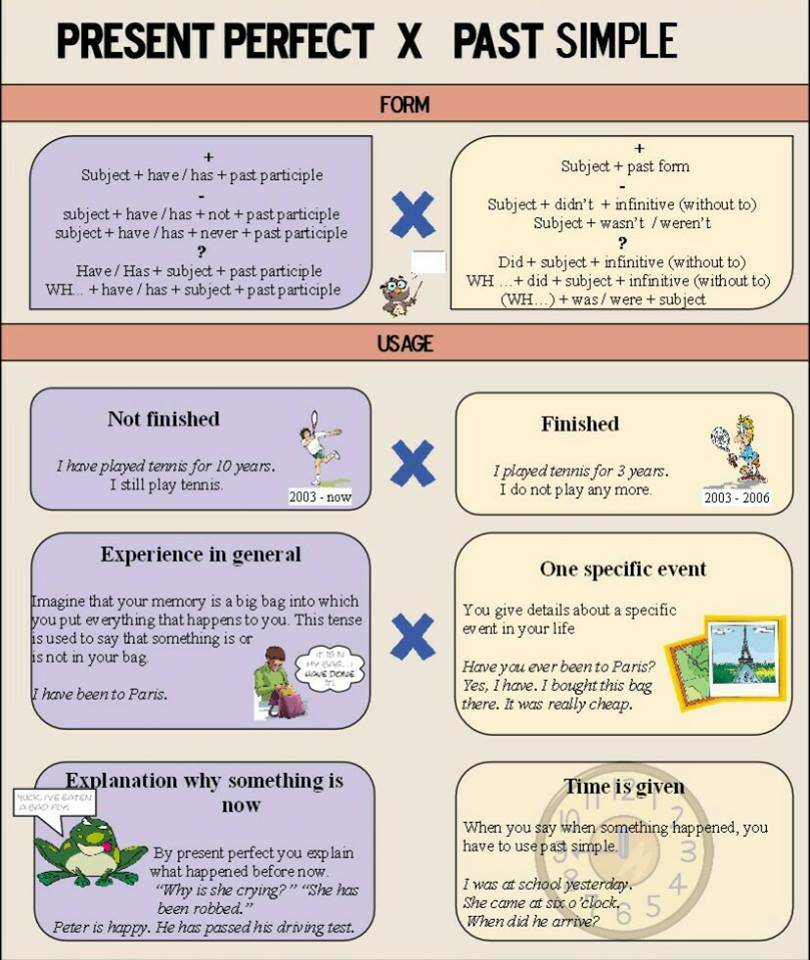
Present Perfect Tense vs Past Simple Tense English Learn Site
Here are the basic differences between these two tenses: Time Specificity: The past simple is time-specific, while the present perfect is not. Relevance to Present: Present perfect actions are usually relevant to or affect the present; past simple actions do not. Time Markers: Past simple often uses specific time markers, while present perfect.

Using The Present Perfect Tense in English ESLBUZZ
Remember: We use the past simple for past events or actions which have no connection to the present. We use the present perfect for actions which started in the past and are still happening now OR for finished actions which have a connection to the present. We CAN'T use the present perfect with a finished time word:
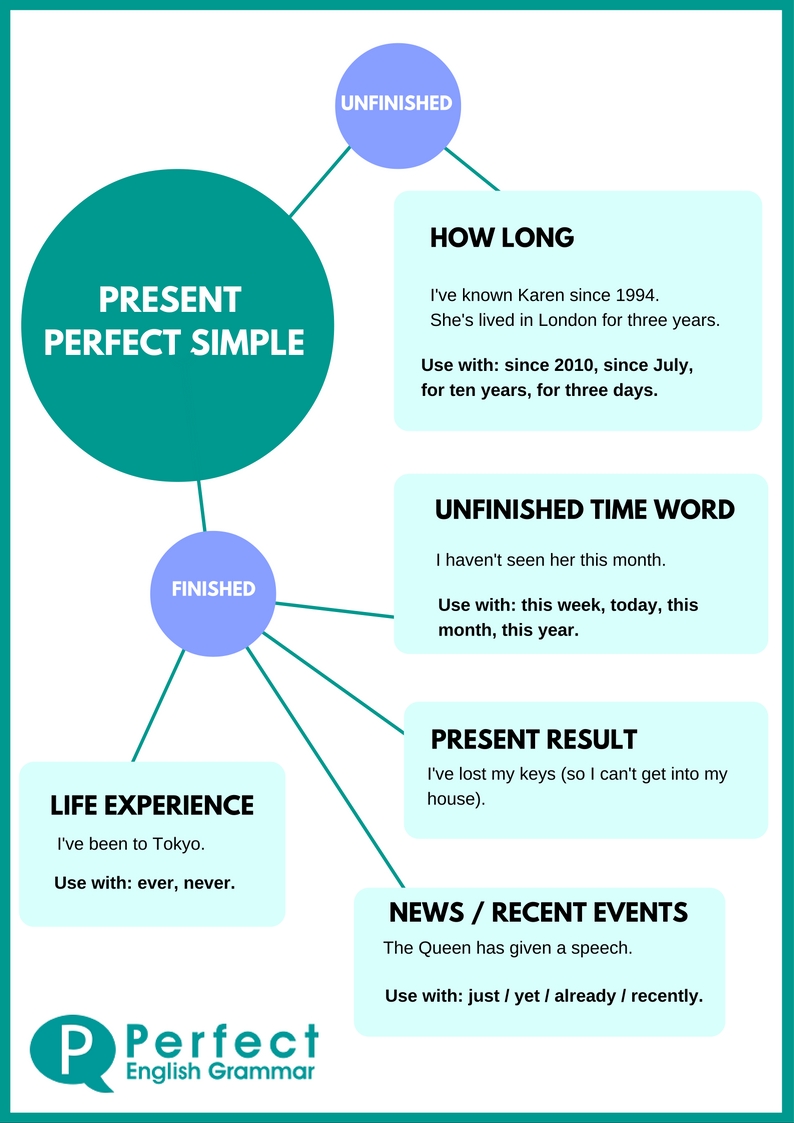
Present Perfect Present Simple Past Simple Exercise Online degrees
Perfect English Grammar Past Simple or Present Perfect Exercise 1 Choose the past simple or the present perfect. Click here to review how to make the past simple. Click here to review how to make the present perfect. Click here to return to the list of English grammar exercises. Download this exercise in PDF. Choose Past Simple or Present Perfect 1

PAST SIMPLE vs PRESENT PERFECT Present perfect, English teaching materials, Teaching english
Present perfect simple contrast: present perfect vs past simple b1 Reference Complete the text with the past simple or present perfect simple form of the verbs in brackets. Use full forms ( I have ), not short forms ( I've ). A short history of Brighton Brighton is a city on the south coast of England.

Past Or Present Perfect EDUCA
Verb Tense Exercise 12 Simple Past, Present Perfect, and Past Perfect f t p Using the words in parentheses, complete the text below with the appropriate tenses, then click the "Check" button to check your answers. 1. When I (arrive) home last night, I discovered that Jane (prepare) a beautiful candlelight dinner. 2.

The Difference between Past Simple and Present Perfect 7 E S L
In general, simple past refers to a specific time in the past, whereas present perfect is an unspecified time. In addition, the meaning of the sentences changes when more specific information (e.g. dates, times) is provided. See the examples in the chart below. Grammar Forms

BLOG FOR ESO STUDENTS Present Perfect versus Past Simple
past simple | present perfect | English tenses - Let's learn and compare the differences. Hi Everyone, In today's video, I teach you how to use the past simp.